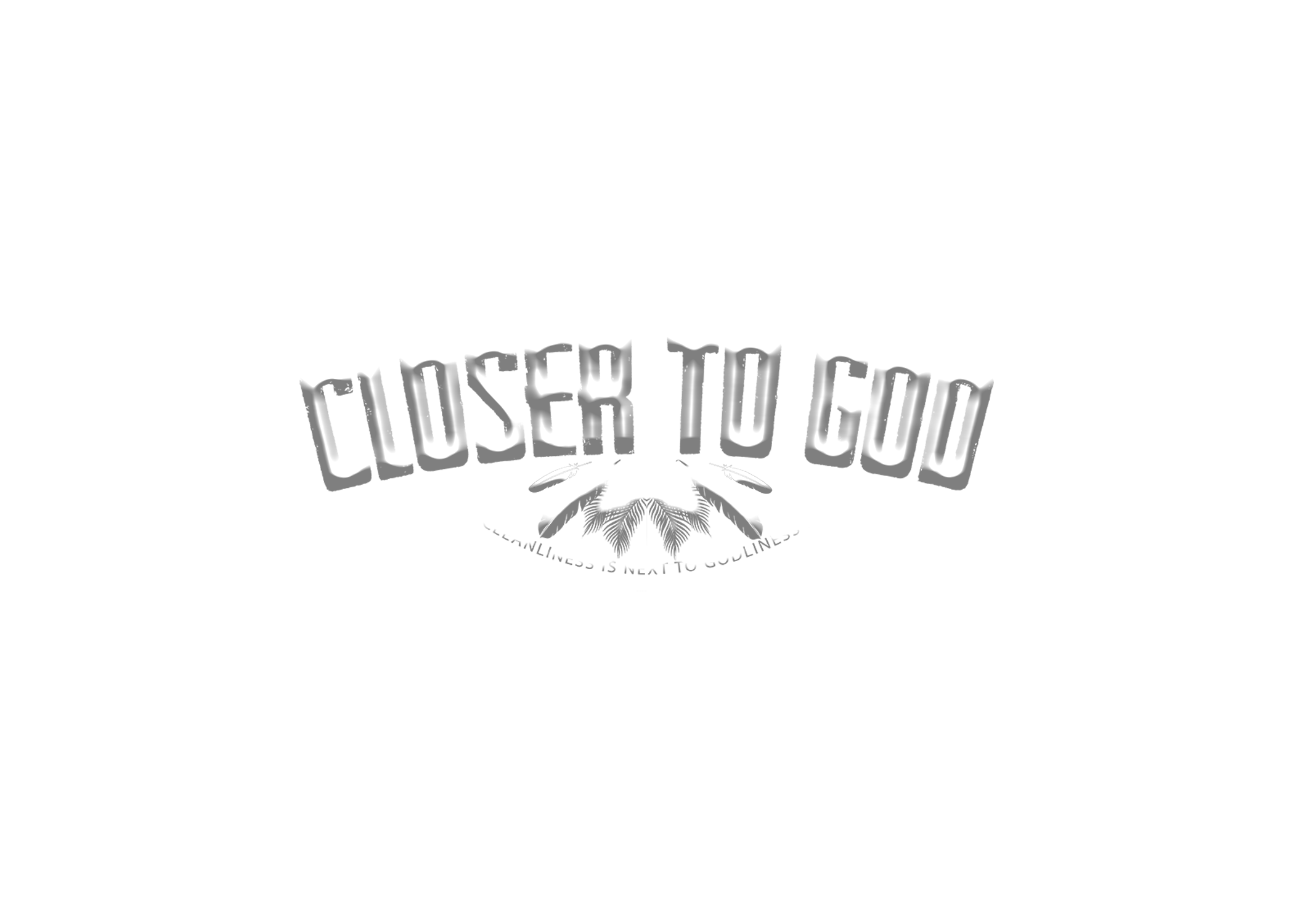Herbal Formulations
An herbal formula is a combination of herbs designed to work synergistically for a specific purpose in the body. Using an excellent herbal formula is the easiest, safest, and most affordable way to take herbs. You will soon learn why they are so beneficial.
It's never too late to learn about some great formulas that you can start using to cleanse, build, and restore health right away. First there are a few different classifications of herbs that would be very helpful to know and how you can easily make some of your own herbal formulas at home.

Classification of Herbs (Common Herbal Actions):
- Adaptogens – Herbs that help the body to resist and better endure a variety of physical, chemical, and biological stressors. They also help with stamina, endurance, hormones, and overall balance in the body.
- Anti-Microbial – Herbs that help the body's immune system destroy or resist the growth of dangerous micro-organisms.
- Astringent – Herbs that contract body tissue, reducing secretions such as sweat, bleeding, or discharge.
- Cholagogue – Herbs that promote bile flow from the gallbladder.
- Demulcent – Mucilaginous herbs that soothe and protect tissue.
- Diaphoretic – Herbs that induce perspiration and fevers.
- Diuretic – Herbs that benefit the urinary system by eliminating excess fluids.
- Nervine – Herbs that specifically help support the nervous system.
- Nutritive – Herbs that are both food and medicine, providing nutrition, vitamins, minerals, phytochemicals, and other essentials for life.
- Sedative – Herbs that calm and relax the body.
How to Make Formulas:
*You only need a minimal amount.
- Combine herbs that have a similar effect on the body, such as combining multiple diuretic herbs to make your own bladder or kidney formula.
- It is often helpful to use a small amount of a carrier herb that helps move the herbs in the formula through the circulatory system. Ginger and Cayenne are commonly used for this, and in Chinese medicine, it is often licorice root. *You only need a minimal amount.
- You will always be safe with nutritive herbs, and the list of nutritive herbs is extensive. All berries, greens, and seaweeds fall into this category, giving you hundreds of options!
- Look up beginner books and resources out there to help you. Making herbal formulas is an ancient practice dating back thousands of years, and there are hundreds of books available on the subject. Don't forget to check out our online library.
Always start with a small amount and increase slowly. Pay attention to the affects you feel.
A few herbs to try by classification
Adaptogens - American Ginseng, Siberian Ginseng, Ashwagandha, Astragalus, Licorice Root
Antimicrobial - Echinacea, Elderberry, Oregano Oil, Goldenseal, Stinging Nettles
Astringent - Witch hazel, Meadow sweet, Agrimony, Plantain, Red Sage
Cholagogue - Turmeric, Fringe tree, Goldenseal, Dandelion Root
Demulcent - Couch grass, Corn Silk, Slippery Elm, Marshmallow
Diaphoretic - Boneset, Cayenne, Ginger, Elderberry, Yarrow
Diuretic - Bearberry, Juniper, Dandelion Leaf, Hawthorne, Lily of the Valley
Nervine - Oats, Borage, Lemon Balm Lavender, Blue Vervain
Nutritive - Moringa, Irish Sea Moss, Spirulina, Chlorella, Stinging Nettle, Red Clover
Sedative - Kava kava, Valerian, Wild Lettuce, California Poppy
Sources
- Herbal Formularies for Health Professionals, Volume 1: Digestion and Elimination, including the Gastrointestinal System, Liver and Gallbladder, Urinary System, and the Skin
- Nutritional Herbology: A Reference Guide to Herbs
- Rosemary Gladstar's Herbal Recipes for Vibrant Health: 175 Teas, Tonics, Oils, Salves, Tinctures, and Other Natural Remedies for the Entire Family

